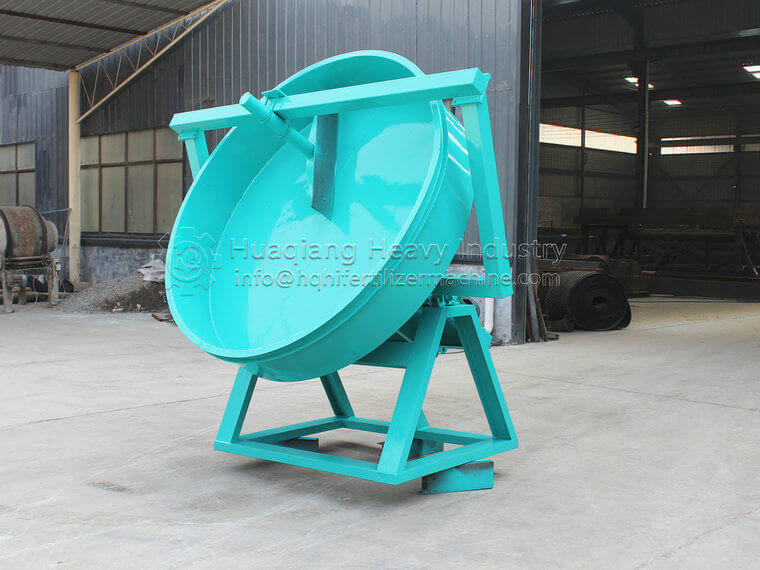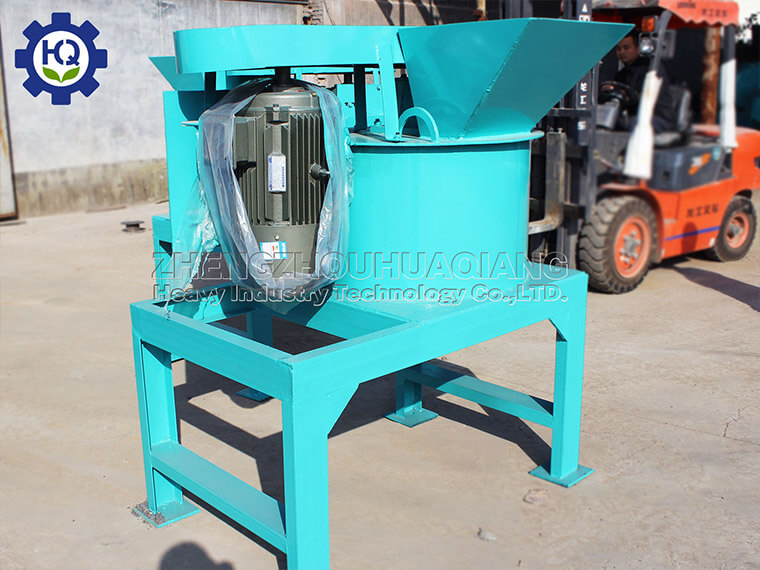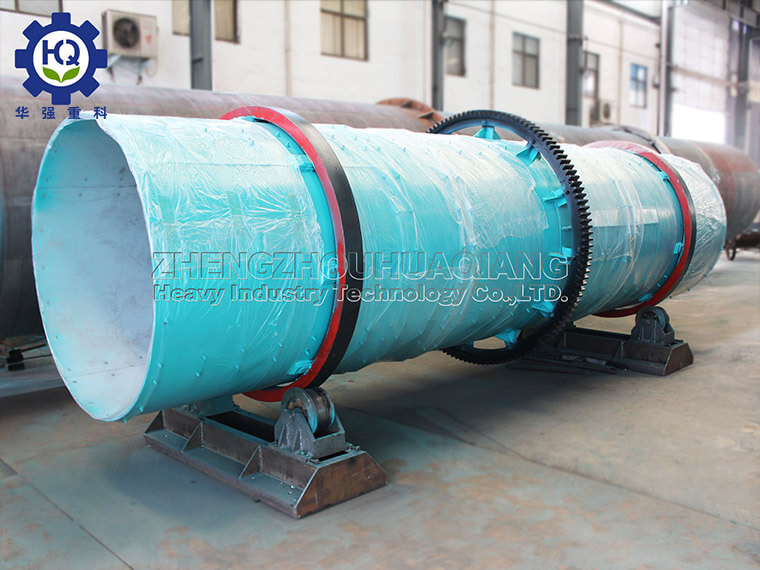Daily maintenance methods for organic fertilizer equipment after granulation
1. Keep the workplace clean. After the production of the organic fertilizer equipment is completed, the granulating blades and the residues inside and outside the double roller granulator should be cleaned, the glue sand and splashes scattered or splashed on the organic fertilizer equipment should be cleaned, the mechanically exposed processing surface of the organic fertilizer equipment should be scrubbed, and the anti-corrosion should be brushed. Anti-rust paint, and cover it with a corresponding protective cover to prevent the dust workers from invading again.
2. The organic fertilizer equipment has no external oil holes, gears, and worm gears to be lubricated with special grease for organic fertilizer equipment. The upper and lower gears are added with ternary grease once a quarter, and the gearbox cover and gearbox gear cover can be opened respectively when refueling. The lubricating oil should drip into the sliding surface that supports the hinge joint between the gearbox and the bracket. The worm gear case and bearings have been filled with sufficient transmission grease at the factory. However, the transmission should be cleaned once a year and the protective lubricant replaced.
3. Always pay attention to the operation of chicken manure organic equipment during organic fertilizer production or npk manufacturing process, without serious abnormal noise and dry sound, and without metal friction sound. If there is an exception, close the check. After troubleshooting, it can be used. If no appropriate cause is found, the machine cannot start. If there is a metal friction sound, please check the gap between the organic fertilizer equipment first.
4. Regularly check the standard clearance between organic fertilizer equipment.
5. During the maintenance of organic fertilizer equipment, the working gap should be re-measured every time, and adjusted several times before it can be used normally.
6. If the controller cannot operate the chicken manure organic equipment according to the program, check whether the power supply voltage, power plug socket and connecting plug socket are normal, and check the internal fault of the controller.
.jpg)
.jpg)

.jpg)
.jpg)



